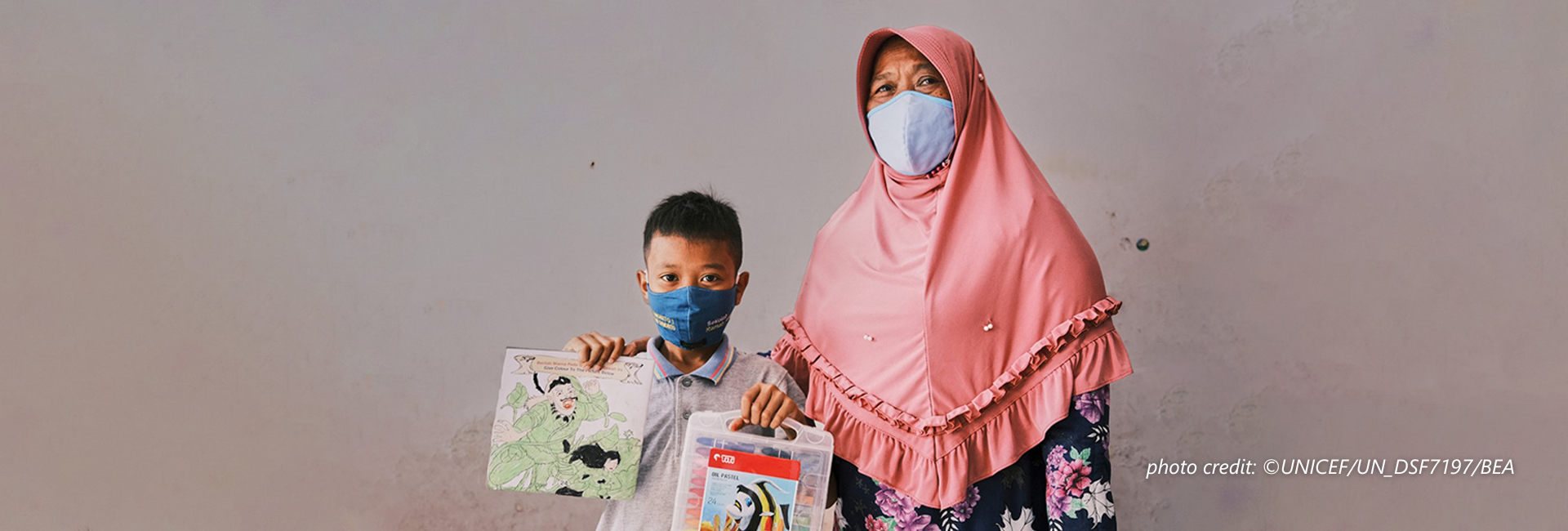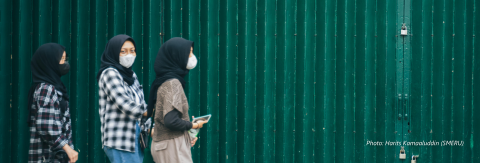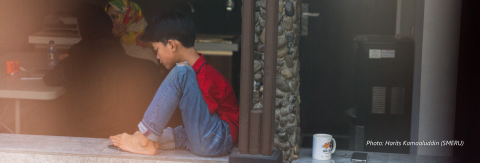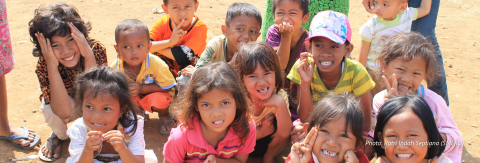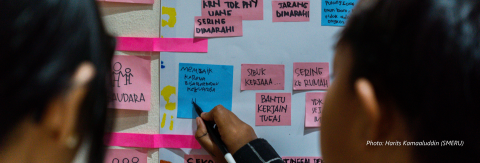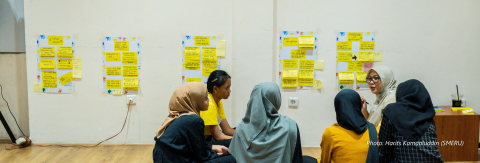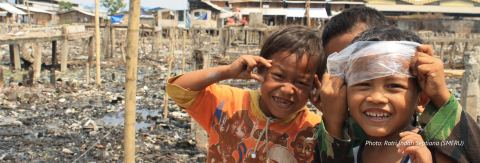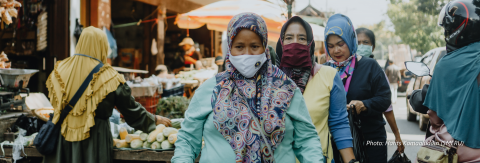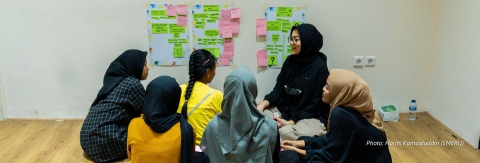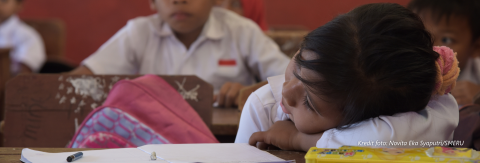Indonesia is facing unprecedented levels of uncertainty as the war in Ukraine fuels a global costof-living crisis. The Covid-19 virus continues to mutate, with new variants emerging at greater frequency and infect hundreds of thousands of people. By the time this report is written, experts warn Indonesia of the latest Covid-19 virus mutation, the XBB subvariant. Meanwhile, the effects of the climate crisis are reaching a tipping point. No-one is immune to the ensuing compounding effects of these crises: nine out of every 10 countries worldwide have experienced a decrease in hard-won gains in life expectancy, education and economic prosperity, the first time since the UN’s Human Development Index was introduced (UNDP 2022). Indonesia is no exception.
Nevertheless, the impact is uneven, with pre-existing inequalities along gender, income and disability lines being further exacerbated. Children have lost out on learning, which could have life-long impacts and erode the country’s human capital (UNICEF 2022). Yet there are signs of recovery and resilience. The pandemic has led to some extraordinary policy innovations that have targeted not only vulnerable groups but also businesses – thus bringing more families with children into the social safety net. All of these extraordinary measures were informed through data and information gathered to closely monitor the stress points.
This report paints a picture of how households in Indonesia coped two years into the Covid-19 pandemic, with a special focus on children, women, people with disability, and communities in vulnerable positions. By September 2022, Covid-19 had infected over six million people and resulted in more than 150,000 deaths. In the third quarter of 2021, economic activity was disrupted when the government of Indonesia was compelled to enact strict public health measures (called PPKM), as the Delta variant ravaged the country and took the lives of more than 1,700 individuals each day. To avoid pushing more families into economic precarity, the government increased its social protection budget by IDR 5.6 trillion (approximately USD 376 million), from IDR 148.3 trillion (USD 9.9 billion) in early 2021 to IDR 153.4 trillion (approx. 10.3 billion USD) in July 2021. Indonesia’s economy rebounded in the second quarter of 2021 with GDP growth of 7.07% – higher than its pre-pandemic level. However, the serious outbreak of the Delta variant saw growth halve in the third quarter before it picked up again in late 2021 to early 2022, at which time the information for this report was gathered. Indonesia recorded year-on-year GDP growth of 5.01%, while the number of people living under the poverty line dropped substantially to 26.16 million people by March 2022, down by 1.39 million from its peak in September 2020. The Gini ratio in March 2022 was calculated at 0.384, marginally higher than its pre-pandemic level of 0.381 in March 2019. At a glance, these statistics looked promising, but they were likely gloss over how the socioeconomic wellbeing of households had actually been faring during the recovery period. Information at the granular level was, therefore, vital to design and monitor wellinformed policy to supports an inclusive recovery.
Since the onset of the pandemic, UNICEF, UNDP, Prospera and the SMERU Research Institute, with advice and support from the Ministry of Finance and Statistics Indonesia (BPS), have collaborated to appraise the socioeconomic impact of Covid-19. The first household survey, conducted between October and November 2020, included 12,216 nationally representative households across all 34 provinces. It was the largest survey on the impact of Covid-19 and focused on children and vulnerable groups.
A second survey was conducted between February and March 2022 at the request of the Indonesian Ministry of Finance and with inputs from a wide range of government partners. The survey captured panel/ longitudinal data from the same households: 10,922 in total, representing 89% of those surveyed in 2020. The findings highlighted household access to Covid-19 vaccines, differences in the economic impacts they had experienced compared with the first survey, and whether they had recovered (including households with children and vulnerable groups). It also revealed the benefits and gaps in social protection programs. Individual information about children and working-age household members was also collected.


